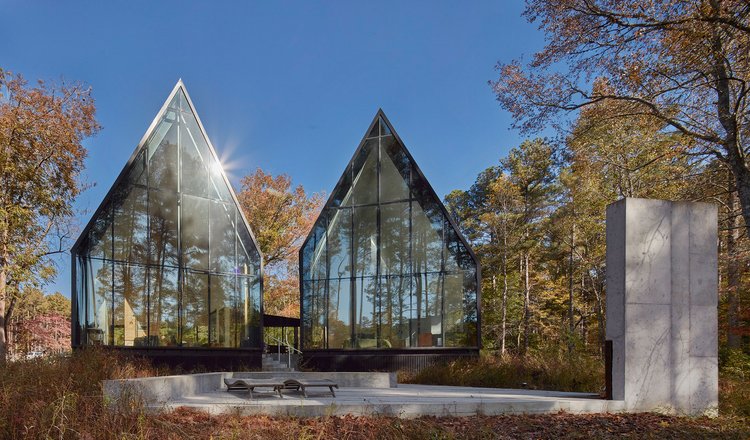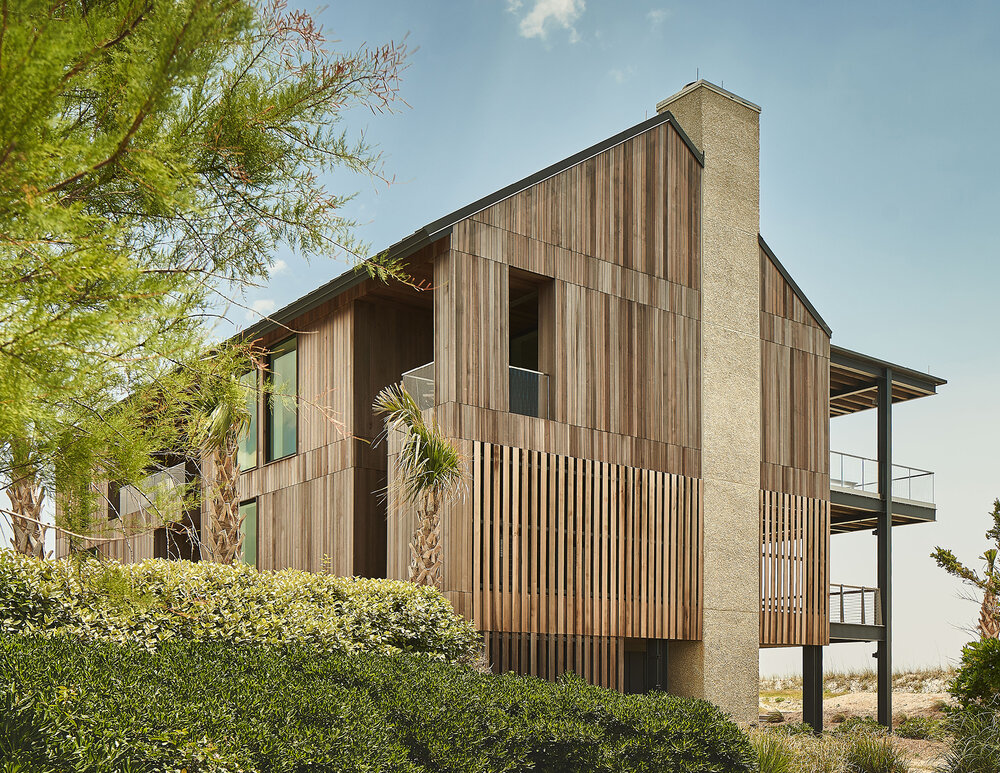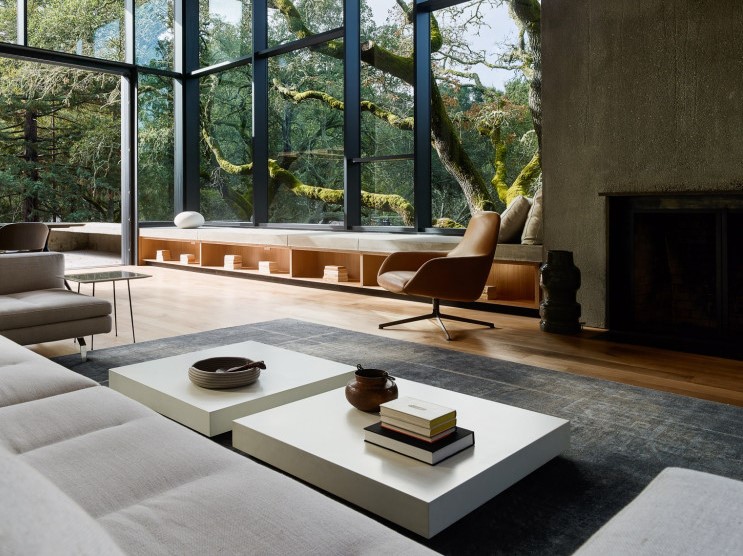It’s hard to believe, but today Architects + Artisans is nearing its 20th year of publishing “thoughtful design for a sustainable world.” That means it’s been freely sharing its state-of-the-art design and content for all to see and comment on – while simultaneousaly raising the bar when it comes to a universal level of style and taste.
Today its posts total almost 4,000. They cover architecture, art, photography, design, and the decorative arts – with an occasional foray into music, poetry and the written word. Each post covers between 600 to 800 words. accompanied by five to 10 relevant works of illustration, art, or photography.
And now, thanks to the intrepid efforts of USModernist, posts from Architects + Artisans are being archived on its site permanently.
USModernist archives the largest open-digital collection of midcentury Modernist residences in the world, including nearly every built and unbuilt Wright, Neutra, Schindler, Lautner, and more.
Architects + Artisans recently interviewed George Smart, US Modernist’s executive director to learn more about these two organizations and how they’ll work together in the future:
The interview, then:
When, where and from whom did you first hear about Architects + Artisans?
I originally came across Mike Welton’s architecture articles in the News & Observer in Raleigh. When he launched Architects + Artisans around 2010, it was clear he knew his stuff and had ambitions beyond just local coverage.
At the time, what kind of architects was it focusing upon?
Mike was serious about spotting emerging talent. He wasn’t just another blogger reprinting press releases. He was out there profiling young North Carolina firms like Chad Everhart Architect, in situ studio, ThoughtCraft, and Kersting Architecture – designers who were keeping the Modernist tradition alive. He understood that you can’t save what you don’t know exists, and you can’t inspire the next generation if you’re not documenting the current one. His website became a platform where new, young architects could get serious, thoughtful coverage alongside features on Tom Kundig or Thomas Jefferson.
To articulating the relationship between site and an architect’s intent?
When he writes about a house, he doesn’t just describe what it looks like. He talks about how it sits on the land, how the architect responded to the topography, the views, and the local climate. He’s dedicated to creating a community where thoughtful design is a way of living and working. Whether he’s writing about a North Carolina beach house on Figure Eight Island or a mountain cabin in Sapphire, he digs into specific choices about orientation and materials.
Its commitment to expressing the evolution of excellence in the designs it publishes?
Mike’s got crucial range in covering everything from mid-century masters like Gregory Ain and George Matsumoto to new art and photography. We always appreciate his coverage of NCModernist’s Matsumoto Prize, which was in part inspired by a different competition he was thinking about starting in 2011. His blog of over 3500 posts documents how design excellence evolves across generations, showing the through-line from Irving J. Gill, Frank Lloyd Wright and Walter Gropius to today’s young architects who are reinterpreting their principles.
What about the scale of the design the website covers – from bath fixtures to large-scale airport or museum design?
A+A covers the full spectrum from artisan groups like New Ravenna to bathroom fixtures to museums. Great design happens at every scale, and the same principles of proportion, materials, and craft apply whether you’re designing a door handle or an airport terminal.
Its understanding of how material palettes work together?
When Mike writes about a building, he pays attention to the interplay of wood, glass, stone, and metal – and how they complement or contrast with each other. He understands that materials are not just about aesthetics, but about creating experiences and expressing ideas. He gets into the nitty-gritty of how things are actually made.
Its articulation about the importance of scale and proportion?
Mike understands that what works at 2,000 square feet probably doesn’t work at 25,000 square feet – and gets that human scale matters, that good proportion can make a small space feel generous. That’s important because so much architecture coverage today glorifies excess.
Its commitment to addressing how a building relates to and enhances its context?
Whether he’s writing about a beach house, an urban infill project or a mountain retreat, he considers how it responds to local architectural traditions and how it blends or competes with its surroundings.
For more, go here.






